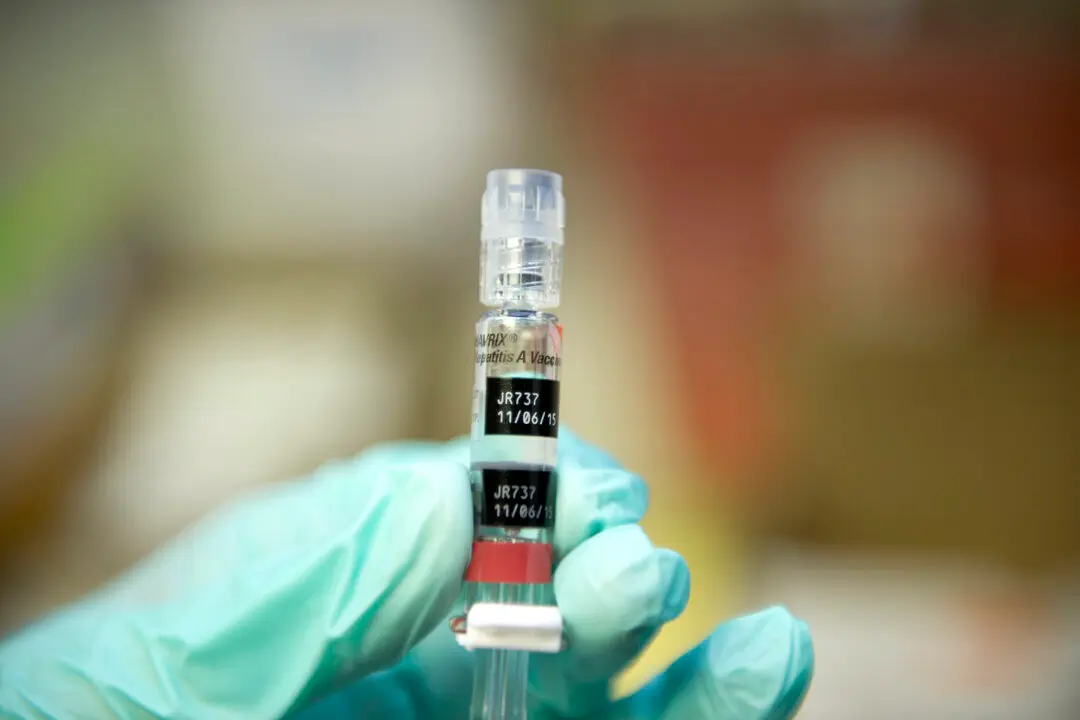The next full moon is coming up on the night of September 8-9, 2014.
The early Harvest Moon is also a supermoon.
A supermoon is when the moon orbits closer to Earth than usual and thus appears bigger.
Because of how close the supermoon is, it can appear as much as 14 percent larger in the sky and 30 percent brighter to our eyes than normal moons.
A Harvest Moon is the full moon that’s closest to the autmunal equinox and can come anywhere from two weeks prior to two weeks after the equinox, according to Earthsky.
The autumnal equinox comes to the Northern Hemisphere this year on September 23.
“The night of September 8-9 will have a beautiful bright full-looking moon, as seen from around the globe. So will the night of September 9-10. The Harvest Moon is known for ushering in a procession of moonlit nights. The Harvest Moon isn’t always bigger, brighter or more pumpkin-colored than other full moons,” it said.
“It’s special because, at this time of year in the Northern Hemisphere, the time between successive moonrises – from one night to the next – is shorter than usual. But this year, 2014, the Harvest Moon is a bit bigger than usual … because it’s a supermoon.”
The full moon phase will start on September 8 at approximately 9:38 p.m. EDT.






